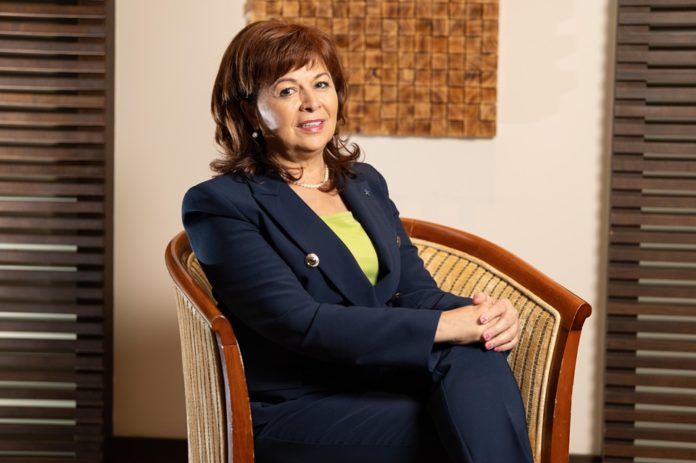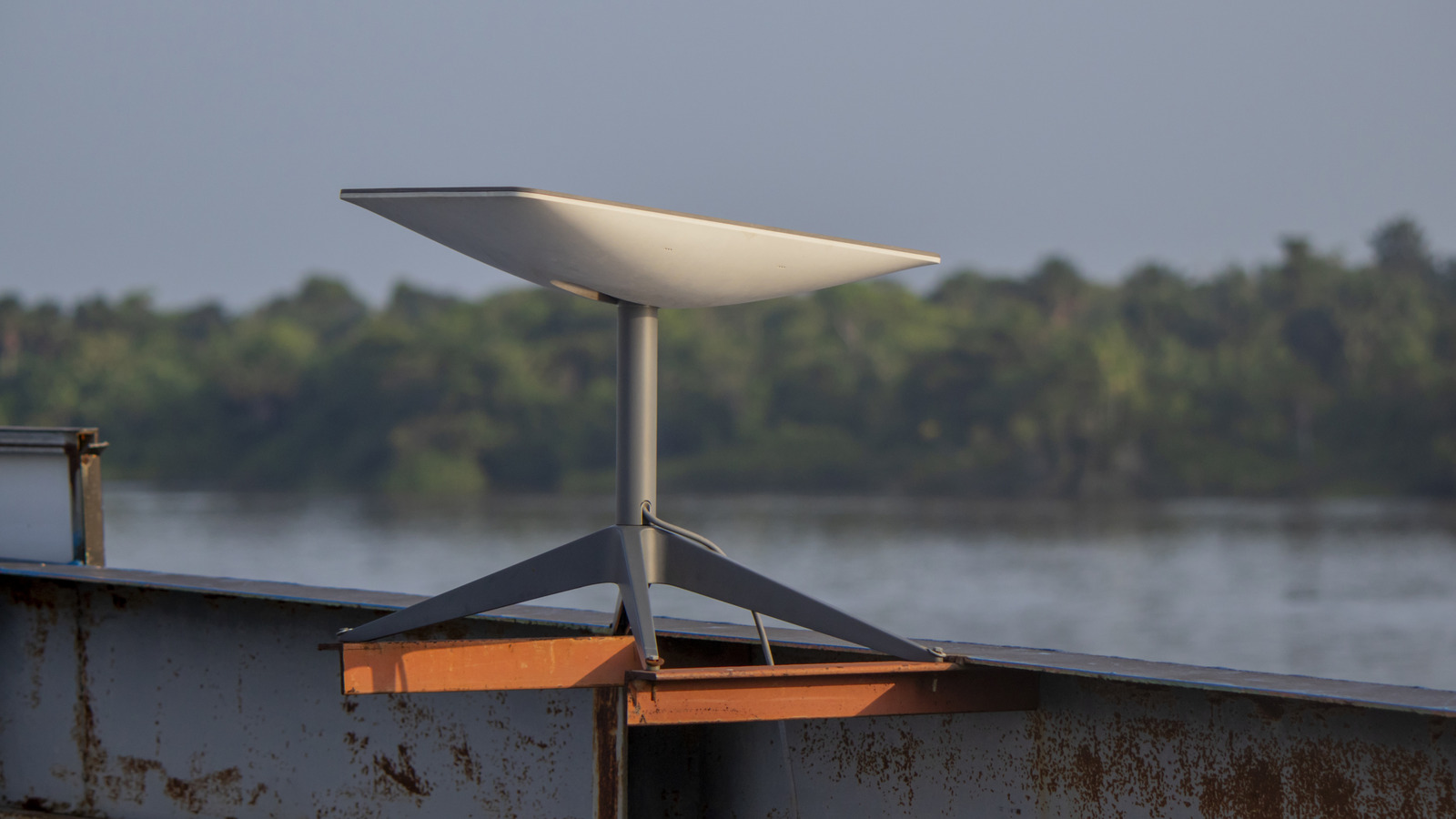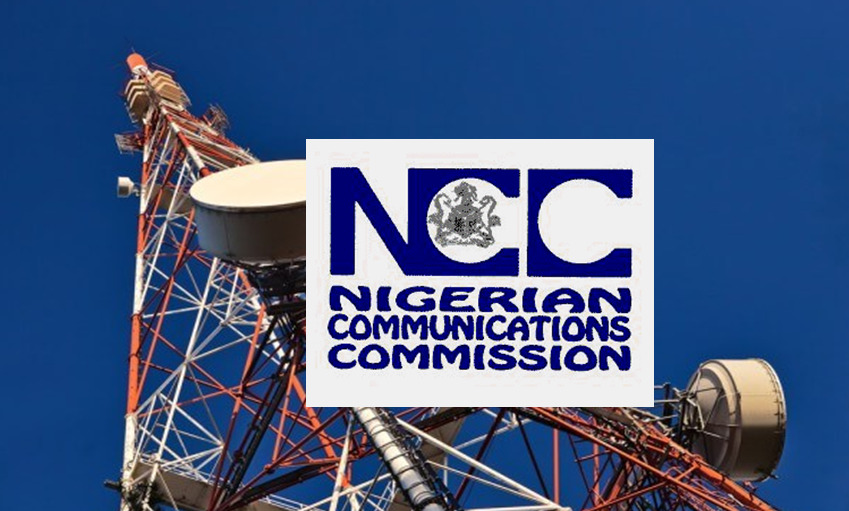INTERVIEW Mihaela Suciu, DEER: “For the period 2025–2029, DEER has planned total investments of over 5.7 billion lei”
By Petre Barac
Copyright thediplomat

“For the next 3–5 years, we have set a series of clear strategic objectives, meant to transform the distribution network into a modern, intelligent infrastructure, ready for future challenges.
First, we focus on modernizing and digitalizing the distribution networks, which is an absolute priority. We are carrying out an extensive investment program aimed at building a network capable of reacting in real time to variations in consumption and production and ensuring the quality of services provided to end users. Specifically, by 2030, our objective is to install smart metering systems for 70% of the consumption points in DEER’s area,” Mihaela Suciu, General Director, Distributie Energie Electrica Romania (DEER) told The Diplomat-Bucharest.
“For the period 2025–2029, DEER has planned total investments of over 5.7 billion lei, of which 3.7 billion lei from own sources, at a sustained pace, with annual values between 706 and 768 million lei.”
What are DEER’s main strategic objectives for the next 3–5 years?
In a context of profound transformation of the energy sector, the strategic objectives of Distribuție Energie Electrică Romania reflect both our commitment to modernizing the distribution infrastructure and our responsibility to support the energy transition. These are aligned with the National Energy Strategy, with Electrica Group’s priorities, as well as with European directions regarding decarbonization and digitalization.
DEER is the largest distribution operator in Romania, with a network covering over 40% of the territory and serving 4 million users. This status comes with a clear responsibility: to anticipate and integrate the major changes shaping the future of the energy sector.
Our development plan, approved by ANRE, provides clear and coherent direction, built around three essential pillars: sustainability, digitalization, and security.
Concretely, for the next 3–5 years, we have set a series of clear strategic objectives, meant to transform the distribution network into a modern, intelligent infrastructure, ready for future challenges.
First, we focus on modernizing and digitalizing the distribution networks, which is an absolute priority. We are carrying out an extensive investment program aimed at building a network capable of reacting in real time to variations in consumption and production and ensuring the quality of services provided to end users. Specifically, by 2030, our objective is to install smart metering systems for 70% of the consumption points in DEER’s area.
At the same time, we are working intensively on integrating renewable energy and prosumers. This is a paradigm shift — the network must be ready to absorb more locally produced energy from renewable resources. This means investments in modernizing substations, in advanced protection equipment, and in smart balancing solutions. Thus, by 2030, we aim to increase automation to 100% in substations and 15% in transformer stations.
We also pay particular attention to energy security and the resilience of the electricity infrastructure, with strategic objectives of automating and digitalizing processes by 80% by 2030, alongside the implementation of technologies for predictive analysis and maintenance.
In addition, we take on an active role in achieving decarbonization targets, through network modernization, reduction of technical losses, and adoption of sustainable solutions. With network digitalization comes an increased need for cybersecurity. We invest in advanced protection solutions and in creating an organizational culture focused on prevention.
All these strategic directions are oriented towards a common goal: ensuring a reliable, flexible, and sustainable distribution network, capable of supporting the energy transition and meeting the current and future expectations of consumers, regulators, and our partners in the energy sector.
What investment budget do you have planned for the coming years and what are the main directions?
First, I want to emphasize that investments are the pillars of DEER’s strategy in fulfilling our mission to bring the future into the present. We are all involved in this broad investment process, which comes with challenges but also with satisfaction. All the investments we make pursue the same goal: to offer network users in DEER’s area a distribution service at the highest standards.
For the period 2025–2029, DEER has planned total investments of over 5.7 billion lei, of which 3.7 billion lei from own sources, at a sustained pace, with annual values between 706 and 768 million lei. These investments are assumed within the Development Plan approved by ANRE and reflect our strategic commitment to increase network performance, under the conditions regulated by the natural monopoly framework.
Given that this investment expenses are recognized in the network tariffs applied to users, in order not to burden bills, we have made every effort for part of these resources to come from European funds. Over the past year, we have succeeded in signing financing contracts from the Modernization Fund for investment projects worth over half a billion euros. And we are not stopping here. In the Development Plan for the next 10 years, we have also included other projects financed from non-reimbursable funds – the Sustainable Development Program – for which we will submit applications. We are proud that DEER’s efforts to identify additional financial resources for investment projects have been truly successful. And I want to congratulate the entire DEER team that managed to implement these important projects.
DEER has a clear strategy of investing in the company’s future. Investment priorities focus primarily on improving the quality of the distribution service, through infrastructure modernization and increasing automation levels. We are also investing in the network’s resilience to extreme weather events, a growing reality, and in advanced smart metering technologies that provide users with greater control over their consumption and costs, prosumers with accurate data on produced and consumed energy, and for the company, reduced network losses and real-time access to network data.
One of our concrete, measurable objectives is to reduce the number and duration of accidental power supply interruptions. Of course, there are external factors we cannot control, and climate change makes these situations increasingly frequent and severe. Winds over 100 km/h, snowstorms, floods, or trees falling on our networks are events that inevitably cause accidental interruptions. In such cases, which are becoming more frequent, we have protocols for rapid, efficient intervention, often under extreme conditions – whether it involves teams working at night, in freezing temperatures and blizzards, or interventions in isolated areas, in heatwaves, or in waist-deep water, as recently happened in Covasna County or last year in Galati County.
Our actions in this context aim not only at prevention but also at reducing recovery time. Through network automation, increased monitoring and digitalization, as well as equipment modernization, we aim to continuously improve our capacity to respond and restore services under the best possible conditions.
In addition to these investments in operational resilience, we are developing projects that offer users greater control over their consumption. Smart metering is an eloquent example: through these technologies, consumers can access real-time information on their consumption and choose the most advantageous times in terms of energy cost. This is an important step towards a more transparent, efficient, and customer-oriented system.
What major distribution infrastructure modernization projects are underway or about to start?
Currently, DEER is carrying out a series of major modernization projects, reflecting our strategic commitment to digitalization, resilience, and integrating new requirements of the energy market.
Among the most relevant projects to strengthen electricity distribution networks with the aim of ensuring the necessary technical parameters, by improving performance indicators, are:
Construction of new 110/20kV transformer substations in Sibiu and Cluj Napoca;
Modernization of 110kV power grids and substations in Buzau, Galați, Târgoviște, Oradea, and Sibiu;
In low-voltage networks with high prosumer density, over 600 power transformers will be replaced to ensure bidirectional energy flows in the network for prosumers;
Replacement of traditional meters with smart meters — 1.1 million units;
Implementation of a Virtual Power Plant-type IT platform, allowing real-time monitoring of energy consumption and production;
In medium-voltage networks, extending automation, to quickly restore power supply to affected users during outages, as well as to integrate energy produced by renewable energy plants.
From a financing perspective, DEER has attracted over 2.05 billion lei from the Modernization Fund for critical infrastructure projects — a record for a distribution operator — with the total value of projects amounting to about 3.2 billion lei, including own co-financing.
What are the biggest challenges DEER is currently facing?
Our main challenges revolve around three fundamental aspects: access to financial resources, meeting project implementation deadlines, and shortage of qualified staff.
In today’s context, delivering distribution services at high standards requires accelerated modernization of networks. At company level, most assets were commissioned before 2000, being over 20 years old, with advanced physical and moral wear. These networks were not designed for today’s challenges, let alone tomorrow’s.
In parallel with the need to renew traditional infrastructure, we are involved in a complex digital transformation process: integrating smart technologies, automation systems, SCADA platforms, advanced metering, and AI-based solutions. All this is happening alongside the energy transition, where we align with European objectives on climate neutrality by 2050, with direct implications on how we integrate renewables and prosumers into the grid.
The increasingly complex challenges facing the energy sector — from growing demand to the transition towards renewables and infrastructure digitalization — require an integrated approach and adequate long-term financial resources. It is essential that all stakeholders remain open to adjusting indicators reflecting the cost of equity and borrowed capital, so that the investments we have planned for the medium and long term ensure the economic efficiency any commercial company needs.
Thus, continuous collaboration and transparent dialogue remain essential levers to guarantee sustainable and fair development of the energy system.
At the same time, we face major pressure regarding human resources. The increased pace of investments requires well-prepared teams available for implementation, but the shortage of qualified specialists in the energy sector is a persistent challenge. Therefore, talent development and retention are essential strategic priorities for the company.
A relevant example of a challenge for a distribution operator is adapting networks to the exponential growth in the number of prosumers. Traditional networks were designed for a unidirectional flow — from the grid to the consumer. Today, we are talking about a bidirectional flow, which involves a completely different architecture of protection and control systems. Massive investments and technologies capable of managing this new energy model in real time are needed. In areas with many prosumers or high production, the distribution system can reach limits that generate interruptions. Although these incidents are attributed to us, only part of the responsibility lies with us. This highlights the urgent need for modernization, but also for development, to ensure network stability in the context of the energy transition.
How do you manage the imbalances caused by the growing number of prosumers and the integration of renewable sources into the grid?
Managing imbalances caused by the growing number of prosumers and the integration of renewable sources represents a key challenge for DEER. The number of prosumers increased on average by 250% annually in 2021–2023. Thus, if by the end of 2022, DEER had about 15,000 prosumers registered, by the end of 2023, their number was 43,000, and today we already have over 80,000 prosumers, with applications still growing. We estimate an annual increase of around 30,000 prosumers, with an average installed power of 330 MW.
We are clearly facing a major challenge, which requires significant investments and advanced technologies. Within our 5-year development plan, we are allocating over 5.7 billion lei (of which 2 billion lei from European funds) for infrastructure modernization, with major projects in automation, digitalization, and smart metering.
Major projects involving the modernization and digitalization of existing power grids, implementation of smart metering systems, as well as the extension or creation of new connections, have a direct impact on integrating energy produced by renewable plants and connecting prosumers and storage installations to the grid. In this regard, with both own financing sources and European funds through the Modernization Fund, we are implementing a series of major smart grid investment projects, as mentioned above, with impact on users, prosumers, and energy producers.
To what extent does the lack of specialized workforce affect DEER’s activity?
If financial resources and time can be managed, the real challenge for us and other distribution operators, as well as the entire energy market, is the shortage of qualified staff. This issue affects not only us but also partner companies and contractors we work with.
The energy sector is currently experiencing a period of effervescence comparable to the 1950s–1970s, when the national energy system was built, with large producers and extensive networks that electrified Romania. Today, however, technological complexity and sophistication have reached a completely different level: we operate with imbalance settlements at 15-minute intervals, use smart meters, drones for territorial inspections, and artificial intelligence, among many other innovations. In this context, the need for specialization and advanced skills within the workforce is essential.
Innovation and new technologies are strategic directions for our company, but we know they can only be fully harnessed by people prepared to understand and use them correctly. That is why we constantly invest in training programs, workshops, and instruction sessions for employees, so that every implementation stage is supported with guidance and clarity.
We also invest in training new generations of professionals by supporting the dual education system since 2019. So far, over 1,200 students have benefited from the programs we support. In the 2025–2026 school year, DEER signed 12 partnerships with dual education institutions, and over 200 students will benefit from monthly scholarships worth 500 lei plus a 200 lei performance bonus, internships in our facilities, equipment, and other benefits. After graduation, students could join DEER’s team. In just the past two years, we have hired over 100 students, who are now contributing to the energy field.
How do you ensure the cybersecurity of the network in the context of accelerated digitalization?
In the context of accelerated digitalization and the increasingly complex integration of smart technologies into our network, cybersecurity has become an absolute priority. Automation, digitalization, and artificial intelligence bring numerous benefits in managing and optimizing the energy system, but at the same time, they generate new and complex vulnerabilities. Cyberattacks represent one of the most serious threats, especially in today’s geopolitical context.
DEER has fully recognized these risks and adopted a cybersecurity strategy, which includes advanced prevention, detection, and rapid incident response measures. We constantly invest in state-of-the-art technologies, in strengthening IT infrastructure, and in training cybersecurity specialists to ensure system resilience.
Moreover, we actively engage in developing a framework for cooperation and sharing best practices at national and regional level, by organizing and supporting reference events. In this sense, we will host, in Cluj-Napoca, the third edition of the Cybersecurity Forum in Energy, which will take place on October 30–31. The event, organized by DEER, brings together experts, decision-makers, and industry representatives to discuss the latest challenges and solutions in the field.
What initiatives do you have for automating and optimizing operational processes?
In recent years, we have focused intensively on automating and optimizing operational processes, because we want to be as close as possible to the needs of our users and offer them safe and efficient services. Therefore, we are implementing modern systems that allow us to see in real time what is happening in the network and to intervene quickly when problems occur.
An important step is the installation of smart meters, which not only provide accurate information about consumption but also help consumers better manage their energy, taking advantage of periods with better tariffs. At the same time, we are increasingly using technology to automatically identify and isolate any fault, so that the number and duration of outages are as low as possible.
In addition, to optimize operational processes, we will implement a Work Force Management process automation system.
How do you see the evolution of the electricity distribution market in Romania over the next decade?
I am convinced that the role of electricity distributors, including DEER, will grow significantly in both importance and complexity over the next decade. We are working on a profound transformation — from simple distribution networks to smart grids capable of managing a bidirectional flow of energy and information.
Our role as distribution operators will become more sophisticated and deeper in ensuring the balance and reliability of the national energy system.
Digitalization and artificial intelligence open new horizons, transforming power grids into true digital infrastructures, where energy and data flow simultaneously and intelligently. This evolution allows us to optimize consumption, efficiently integrate renewable sources, and respond quickly and predictively to consumer needs.
In this context, our activity will no longer be just about transporting energy but about the intelligent management of the entire energy ecosystem. This is our challenge, but also our opportunity for the coming years.
How are you preparing for a future where energy increasingly becomes a digital service?
At DEER, we see the digital transformation of the energy sector not as an option but as a necessity. Our role as a distribution operator is gradually being redefined: from a classic, linear infrastructure to a smart, flexible, and interactive system. We are investing massively in digitalizing the network, in smart metering, and in platforms that allow us to monitor and manage energy flows in real time.
This transition is closely linked to the integration of renewable sources and the emergence of prosumers. In a digitalized network, each user becomes an active player — both consumer and producer of energy — and our mission is to ensure the infrastructure and technology that make possible this permanent dialogue between the network and users.
In parallel, we are preparing our team for this future. Developing digital skills and continuously training our specialists are priorities just as important as technological investments.
In conclusion, DEER is preparing for the future through a combination of investments in digital infrastructure, adoption of innovative technologies, and strengthening of human resources. All these will allow us to become not only a distribution operator but also a facilitator of energy transition and a trusted partner for communities in the digital era.
Energy is no longer just a resource — it becomes a digital service that we deliver with responsibility, care, and passion. This is our commitment for the future.



